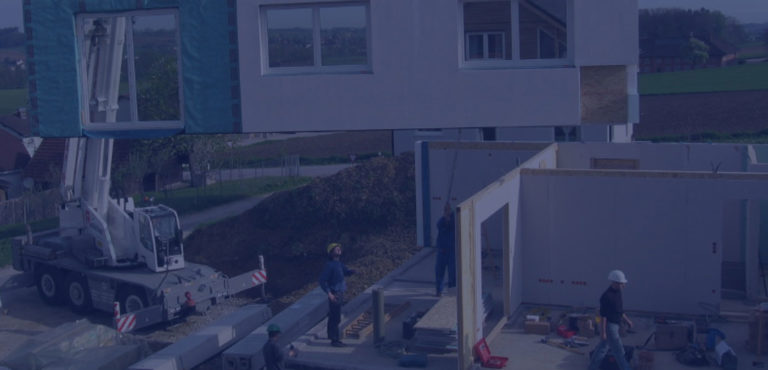
Is modular construction the way forward for the construction sector?
Modular construction is a method of construction where major components of the building or structure are manufactured off-site. Buildings are then effectively assembled in “modules”. As governments look for ways to boost construction output and optimise cost efficiency, modular construction is making waves with many experts due to the time saving and cost saving advantages it has over traditional construction methods.
Whilst the modular construction process has been used in commercial buildings for over 100 years, its evolution has been limited and sluggish. However, with the emergence of digital technology, in particular Business Information Modelling (BIM) – which allows blueprints to be visualised digitally – factories and construction companies are now able to access key data points and forecast potential errors and challenges. This new tool, and other digital technologies in the same ecosystem, are helping to facilitate mainstream adoption of modular construction globally.
Benefits
Time savings
The first major advantage of modular construction over traditional on-site construction is that it takes less time. Because building modules are manufactured off-site, this phase of the construction schedule can run alongside site development and groundworks, leading to significant time savings. In addition, the risk of weather delays are mitigated as around 60 – 90% of the construction is completed inside a factory. All in all, modular construction typically takes around half the time of a traditional construction project.
Cost savings
The cost of employing of a factory worker is lower than an on-site worker, whilst the reduced risk of damage due to vandalism and weather hazards are also factors. From the point of view of governments, modular construction could help curtail the industry’s labour shortage by opening up jobs to a greater pool of candidates.
Green benefits
Modular construction generates less waste and fewer site disturbances. In addition, modular buildings can be disassembled and relocated or re-used, thereby minimising demand for raw materials. In addition, air quality in the completed structure is improved as the dry materials used in the tightly controlled factory setting mean the risk of trapped moisture is eliminated.
Is it all smooth sailing?
Whilst modular construction promises tantalising advantages to both government and industry in the form of time and cost savings, there are a few downsides for buyers that should be considered. This type of construction necessitates purchasing land before construction begins. In the short term, lenders may also be reluctant to offer mortgages to potential modular home buyers as the payment process is less straightforward.
All things considered, modular construction promises to be largely beneficial and we see it gaining mainstream adoption in construction globally. The challenge for governments wanting to encourage the transition will be to deal with short term challenges around lending and buyer inertia.



